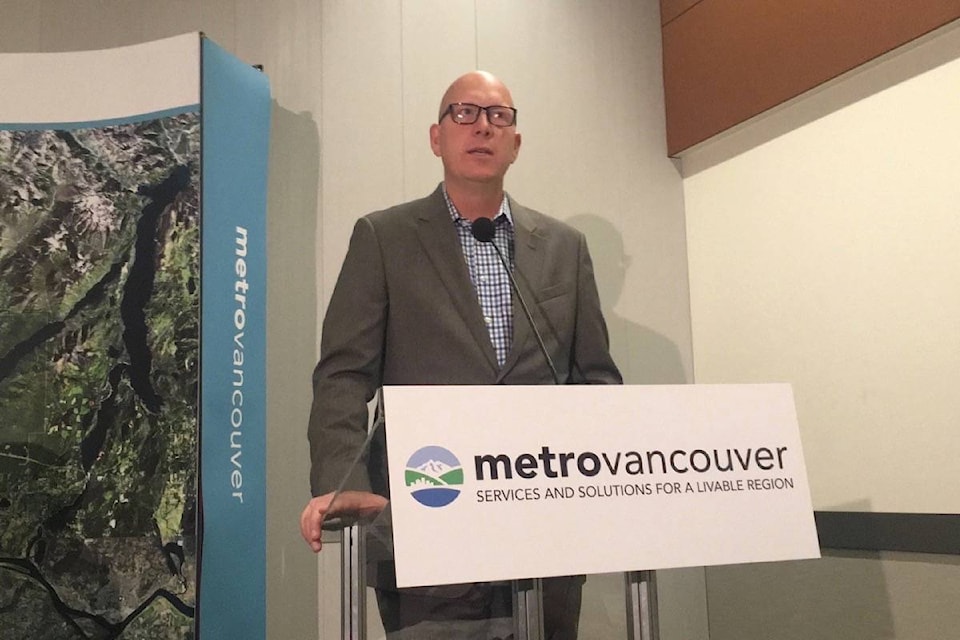The impact of Metro Vancouver’s affordability crisis has reached into the thousands, with the highest number of people ever recorded living homeless in the region.
More than half of the 3,605 homeless people identified in Metro Vancouver’s 2017 count cited high rents and lack of income as their first barriers to housing. Half of those identified said they’ve lived in Metro Vancouver for more than ten years.
The data released Tuesday is from the 2017 homeless count, which was carried out by the BC Non-Profit Housing Association in March across Metro Vancouver. This year marked the first two-day count to happen, as well as the first time the count took place during a night when an emergency weather response was issued.
Also 82% of 3,600 people surveyed are struggling sith at least one health condition. https://t.co/69zLGlmGoq
— Eshully Wadhwani (@ashwadhwani) September 26, 2017
Vancouver had the highest number of homeless people counted with 2,138, followed by Surrey with 605 and Langley with 206.
Almost 1,000 people said they became homeless within the year before the count took place.
“In order to stem growing homelessness, it is clear we need more affordable housing options,” said Metro Vancouver Housing Committee chair and Port Moody mayor Mike Clay. “Our Housing Corporation continues to pursue all avenues available to build more units and we continue to work closely with our counterparts at the provincial and federal level to tackle this crisis.”
VIDEO: 3,600 people homeless in Metro Vancouver
Addiction and mental health were also found to play a key role in perpetuating homelessness with 82 per cent of those surveyed saying they were dealing with at least on health condition.
The homeless count also found that those living on the streets impacted some of the most vulnerable: Aboriginal peoples and seniors.
Aboriginal people made up roughly 34 per cent of those found homeless in the count, despite making up on 2.5 per cent of Metro Vancouver’s population.
“All levels of government need to address the situation, which can be largely attributed to the social, systemic and historical trauma that has affected all Aboriginals,” said David Wells, chair of the Aboriginal homeless steering committee.
The count also saw an increase in the number of seniors who were homeless; 23 per cent of those in shelters or on the street in 2017 were 55 and older, compared to 18 per cent during the last homeless count in 2014.
The majority of the region’s homeless were between the ages of 24-54.
“Vancouver’s housing system is extremely stressed these days and it’s pushing seniors right out of their housing and into homelessness,” said Lorraine Copas, Metro Vancouver community advisory board chair. “And that’s something we have to care about.”
Almost three-quarters of Metro Vancouver’s homeless were men. This year’s results echo those of past years with men making 72 per cent of the homeless population in 2017, 2014 and 2008. In 2011, they made up 31 per cent of the population.
However, the report only shows a snapshot of the state of homelessness on two days of a single year, Copas said, shedding light on the systematic barriers for those being pushed into homelessness at all stages of life.
“Behind every number is a person – a person’s story and a person’s struggle,” Copas said.
@ashwadhwani
ashley.wadhwani@bpdigital.ca
Like us on Facebook and follow us on Twitter.
